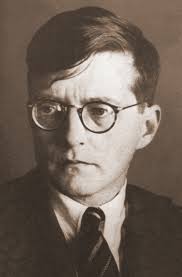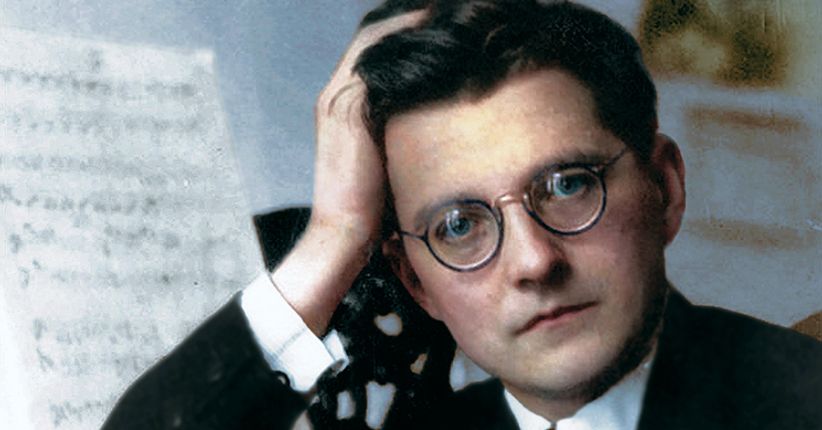The History of Cello Concerto No. 1 by Dmitri Shostakovich
Dmitri Shostakovich’s Cello Concerto No. 1 in E-flat major, Op. 107 is widely considered one of the greatest cello concertos of the 20th century. Written in 1959 for the renowned cellist Mstislav Rostropovich, the piece is a striking combination of technical brilliance, emotional depth, and characteristic Shostakovich irony. Its creation reflects not only the composer’s unique musical voice but also the complex political and cultural landscape of the Soviet Union during the Cold War era.
A Musical Friendship: Shostakovich and Rostropovich
The inspiration for the concerto came from Shostakovich’s close friendship with Mstislav Rostropovich, a young and extraordinarily gifted cellist who had quickly become one of the Soviet Union’s rising stars. By the late 1950s, Rostropovich had already worked with other Soviet composers, such as Sergei Prokofiev and Aram Khachaturian, but he longed to have a major work written for him by Shostakovich, whom he deeply admired.
In 1959, Shostakovich fulfilled that wish. Without telling Rostropovich, he composed the entire concerto in less than a month and presented the finished score to the astonished cellist. According to Rostropovich, he learned the piece in just four days and gave the premiere on October 4, 1959, with the Leningrad Philharmonic Orchestra under the baton of Yevgeny Mravinsky.
Structure and Musical Themes
The Cello Concerto No. 1 is structured in four movements, played without pause:
- Allegretto – The first movement opens with a bold, four-note theme played by the solo cello. This motif recurs throughout the concerto, acting as a unifying element and is often interpreted as a cryptic self-portrait of Shostakovich himself.
- Moderato – The slow second movement provides a lyrical and melancholic contrast to the driven energy of the first. It showcases the cello’s singing qualities and emotional depth.
- Cadenza – Rather unusually, the third movement is a long, unaccompanied cadenza. This demanding solo section acts as a bridge to the finale and gives the cellist space to explore both technical mastery and expressive nuance.
- Allegro con moto – The final movement is brisk and sardonic, with references to folk melodies and a sense of ironic humor. It brings the concerto to a dazzling and somewhat ambiguous conclusion.
The work’s modernist edge, complex rhythms, and dark wit reflect Shostakovich’s signature style, while its introspective moments suggest the personal and political tensions the composer often navigated in Soviet life.
Political Undertones and Personal Expression
Although outwardly a virtuosic showpiece, Cello Concerto No. 1 contains deeper layers of meaning. Shostakovich was no stranger to censorship and ideological pressure, having been publicly denounced by Soviet authorities in the 1930s and again in 1948. By 1959, political thaw under Khrushchev had made life somewhat easier for artists, but Shostakovich remained cautious and guarded.
Many scholars and musicians have speculated on the concerto’s subtext. The opening four-note theme is reminiscent of Shostakovich’s monogram motif (DSCH in German notation), a musical cryptogram he often used as a hidden signature. This has led some to interpret the piece as a coded statement of personal identity and resilience in the face of political oppression.
Legacy and Influence
Cello Concerto No. 1 was an immediate success and became a cornerstone of the cello repertoire. Its premiere performance was widely praised, and Rostropovich’s championing of the work helped cement its place in concert halls around the world. He recorded it multiple times, and generations of cellists have followed in his footsteps, making it a rite of passage for virtuoso performers.
The concerto also marked a turning point in Shostakovich’s later career. It reaffirmed his stature as a leading composer not only in the Soviet Union but internationally. He would go on to write a second cello concerto for Rostropovich in 1966, but it is the Cello Concerto No. 1 that remains his most popular and frequently performed contribution to the cello repertoire.
Conclusion
Dmitri Shostakovich’s Cello Concerto No. 1 is more than a showcase for cello virtuosity—it is a powerful, layered, and personal work of art. Born from a collaboration between two of Russia’s greatest musicians, it bridges public spectacle with private struggle, humor with tragedy, and continues to speak powerfully to audiences and performers alike more than six decades after its premiere.


Comments are closed